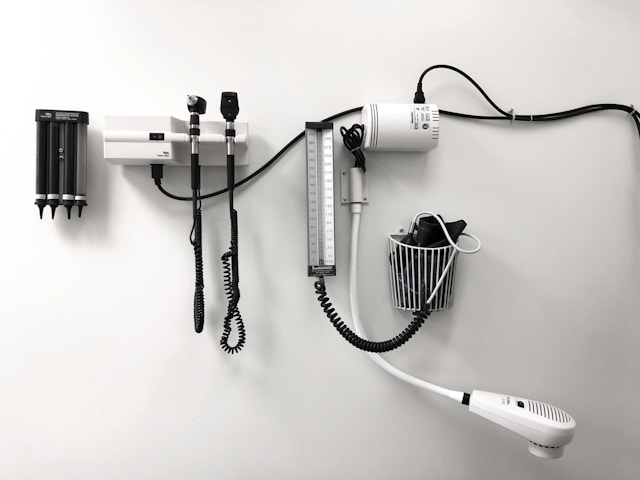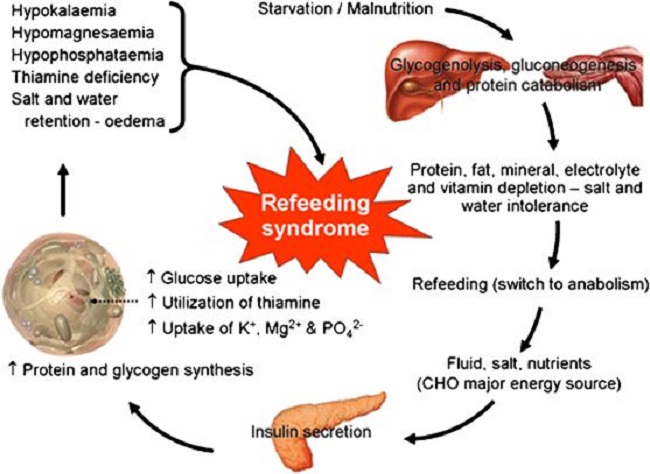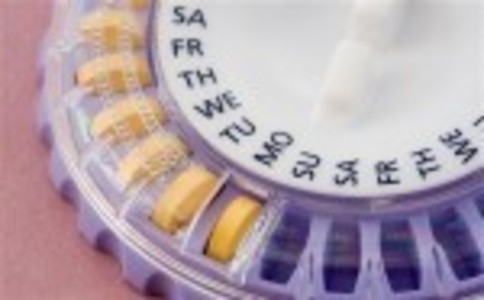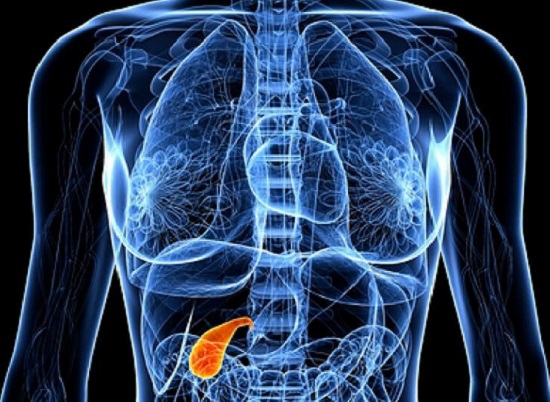Once upon a time, a 26-year-old woman went to her doctor and asked to be put on the new birth control pill that allowed women to only have four periods a year. She had seen it advertised on television. Four months later, 15 pounds heavier and suffering from mild depression, she returned to the doctor feeling miserable. The doctor told her the weight gain and depression were not from the pill because those were not side effects of hormonal birth control. This left the young woman feeling like it was her fault she had gained weight. Needless to say, that didn’t help with the depression. But she switched back to her original birth control pill and lived happily (but heavily) ever after. Well, until it gave her a stroke two years later.
I’ve written a lot about my stroke and about blood clots and birth control pills, but there are many other side effects from hormonal birth control. More often than not, we are told that these side effects do not exist; that they are all in our heads. Are they? Or are we simply being ignored and lied to?
What Does The Research Show?
When researching my thesis, I was interested in finding out what women knew about the risks associated with birth control pills. I created a survey based on a published study by researchers in this field. The original study outlined which side effects were and were not associated with birth control pills. The survey used in my thesis demonstrated the following:
“When the women were asked to select which risk factors were associated with birth control pills, most women, 76.7% of the 313 who answered the question, selected blood clots. Weight gain, which is not considered a health risk or even a side effect of birth control pills, was the selection most chosen (79.9%).”
The number one answer most women chose was weight gain, yet all the research I read said that weight gain was not a side effect of birth control pills. My own doctor had told me it wasn’t a side effect when I stood before her 15 pounds heavier after switching pills. Even as I wrote my thesis, I wondered how we could all be so wrong. Well, it turns out we weren’t. The pill can cause weight gain. And they knew it could, even back in 1970. The following is testimony from the Nelson Pill Hearings.
Dr. Francis Kane (page 6453): [In a Swedish study of 344 women] Of the 138 women who stopped using the medication, weight gain and emotional disturbances were the most frequently reported, 26.1 percent and 23.9 percent.
Dr. Louis Hellman (page 6203): My private patients… come off the pill because of a host of minor reactions. The most prevalent one is weight gain. The modern American girl just does not want to gain 5 or 10 pounds if she can help it.
What About Today’s Birth Control Pills?
I took another look at what I could find out about weight gain and hormonal contraception now. According to WebMD:
“When birth control pills were first sold in the early 1960s, they had very high levels of estrogen and progestin. Estrogen in high doses can cause weight gain due to increased appetite and fluid retention. So, 50 years ago they may indeed have caused weight gain in some women. Current birth control pills have much lower amounts of hormones. So weight gain is not likely to be a problem.”
Maybe larger doses of hormones cause more weight gain. But I don’t think that means that smaller doses cause none. And what about taking that smaller dose for a decade or more?
Most current medical information dismisses weight gain completely. On the Mayo Clinic website’s FAQ page for birth control pills it says:
“Do birth control pills cause weight gain? Many women think so. But studies have shown that the effect of the birth control pill on weight is small — if it exists at all.”
That’s right, ladies. Just like your menstrual cramps, weight gain on the pill probably doesn’t exist. But wait, the Mayo Clinic says there are studies that show hormonal contraceptives don’t cause weight gain. Where are these studies?
Inconclusive? Or Incorrect?
A recent meta-analysis (2014) conducted by Cochrane (an independent group that reviews randomized controlled trials and organizes medical research information) found the following:
Available evidence was insufficient to determine the effect of combination contraceptives on weight, but no large effect was evident. Trials to evaluate the link between combination contraceptives and weight change require a placebo or non-hormonal group to control for other factors, including changes in weight over time.
You mean to tell me in the 40+ years since the Nelson Pill Hearings we haven’t been able to conduct one conclusive study to determine how hormonal contraception affects weight? Perhaps it’s time to start asking why. All those studies that provided insufficient evidence, who funded them and who might stand to lose if they were conclusive? I don’t know for sure but I do know that one of the few things women fear as much as an unintended pregnancy is weight gain. Even the staunchest feminists among us often fret over our figures.
According to Naomi Wolfe’s The Beauty Myth, “thirty-three thousand American women told researchers that they would rather lose ten to fifteen pounds than achieve any other goal.” Setting aside how disturbing that is, we can easily see how the fact that hormonal birth control can cause weight gain might adversely affect the pharmaceutical industry’s bottom line (pardon the pun).
At the Nelson Pill Hearings, there were at least a half dozen experts–doctors specifically chosen to testify before Congress–that mentioned weight gain as a side effect of the birth control pill. Including ones who admittedly worked for the pharmaceutical industry. But now, nearly five decades later, the research is inconclusive. Doctors are telling patients that hormonal contraceptives are not responsible for weight gain, yet 80% of women surveyed thought that weight gain was a side effect. Like so much surrounding the pharmaceutical industry, something doesn’t add up here. And who is paying the difference? Women. Yet again we are being told that it’s all in our heads. Have you had experience gaining weight on hormonal birth control?
Further Testimony on Weight Gain
This testimony from the Nelson Pill Hearings just scratches the surface of the side effects caused by hormonal contraceptives. I’ll be expanding more on a lot of this testimony in future articles. But perhaps Dr. Victor Wynn explained most succinctly how these side effects manifest when he testified (page 6303):
When I say these changes occur, I mean they occur in everybody, more in some than in others, but no person entirely escapes from the metabolic influence of these compounds. It is merely that some manifest the changes more obviously than others.
Dr. Robert Kistner (page 6082): I tell her about the side effects plus a weight gain edema and I may even give her a prescription for this.
Dr. John Laragh (page 6165): We do not have any firm clues. But it does look as though those who accumulate salt and water and gain weight on the oral contraceptives might be especially vulnerable [to increased hypertension].
Dr. Francis Kane (page 6449): Complaints of moodiness, being cross and tired, alterations in sexual drive, weight gain, edema, and insomnia were commonest in the group using the estrogen-progestin group.
At the hearings, Dr. Herbert Ratner (page 6737) was asked by James Duffy, minority council:
Mr. Duffy: You use the word “disease” here. Disease to me seems to be a pretty strong word and I am just curious why you would consider weight change to be a disease?
Dr. Ratner: You realize that obesity is one of our major problems in this country.
Real Risk Study: Birth Control and Blood Clots
Lucine Health Sciences and Hormones Matter are conducting research to investigate the relationship between hormonal birth control and blood clots. If you or a loved one have suffered from a blood clot while using hormonal birth control, please consider participating. We are also looking for participants who have been using hormonal birth control for at least one year and have NOT had a blood clot, as well as women who have NEVER used hormonal birth control. For more information or to participate, click here.





























